Internal & Outside Officer Roundtable
INPEX has evaluated the effectiveness of its Board of Directors on an ongoing basis since FY2015, and has taken action to enhance the Board’s performance by responding to the issues identified in the process. The Company additionally issued the Long-term Strategy and Medium-term Business Plan (INPEX Vision @2022) this past February.
Further to these activities, a roundtable discussion was held among internal and outside officers to examine the Board’s effectiveness and its role in leading INPEX forward.
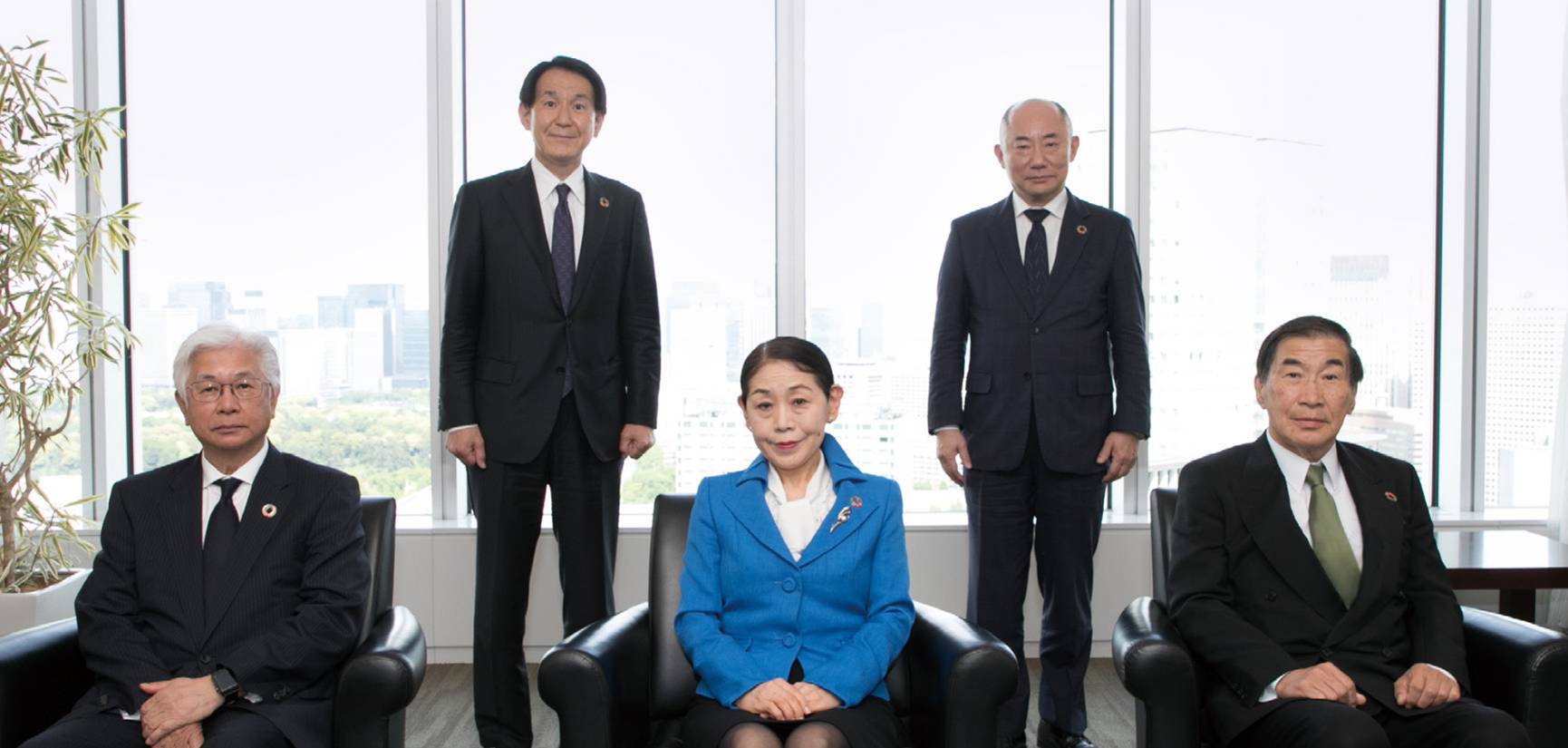
Mitsuru Akiyoshi Audit & Supervisory Board Member (Outside)
Nobuharu Sase Director & Senior Managing Executive Officer, Senior Vice President, General Administration
Atsuko Nishimura Director (Outside)
Kimihisa Kittaka Director & Senior Managing Executive Officer, Senior Vice President, Corporate Strategy & Planning / Legal Affairs
Tomoo Nishikawa Director (Outside)
topic 1
The Effectiveness of the INPEX Board of Directors
Sase: Ms. Nishimura, Mr. Nishikawa, and Mr. Akiyoshi, you have served in your current positions for four, two, and three years, respectively. Based on what you’ve seen in that time, what are your impressions of our Board of Directors’ composition, climate, and functioning? Also, has the Board changed in any way?
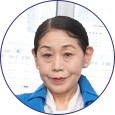
Nishimura: Diverse challenges have emerged during the several years that I have been a director. Energy companies have reached a turning point. Action needs to be taken on climate change. COVID-19 has had a severe impact on society and the economy. Geopolitical risks are growing. Because of the need to respond to these and other challenges, the Board of Directors has devoted considerable time in its meetings to the discussion of medium- and long-term strategies and ways to further enhance INPEX’s competitiveness and enterprise value—more time than is given to discussion of specific projects.
Steps have been taken to improve how meetings are held to ensure those medium-to-long-range issues can be fully explored and the Board can perform more effectively. For instance, outside officers are given enhanced pre-meeting briefings, the agenda is streamlined, and information is shared in a more timely manner.
Another positive change is that the Board membership has been made more diverse. Five of the twelve directors and four of the five auditors are from outside the company. Having a Board made up of people with diverse insights has enabled us to have livelier, more meaningful discussions that incorporate many different perspectives. Also, efforts have been made to increase opportunities for outside Board members to visit operating sites in Japan and overseas. Facility tours and chats with local employees have helped us to better appreciate the importance of operatorship in major projects. And, when visiting Australia, we’ve been able to meet with government representatives and Aboriginal and Torres Strait Islander peoples, allowing us to directly hear the thoughts and expectations of local stakeholders. These opportunities have been very informative for us, so I hope that the Company will continue to provide them.

Nishikawa: My impression is that the executive leadership and secretariat have been working in many ways to enhance the Board’s performance. Changes such as holding pre-meeting briefings and disclosing the content of Executive Committee meetings have made the Board meeting agenda more clear-cut and reduced the time it takes for executive officers to bring outside officers up to speed on each item. This means we can optimize Board meeting time for important deliberations. I also feel a solid system of support has been put in place, with the Company duly following up on points raised by outside officers and striving to make improvements where needed.
As for the Board’s composition, I think it has been made sufficiently diverse through the Company’s efforts, including another enhancement made earlier this year. Bringing together people with different backgrounds enables a wide range of insights to be shared in our discussions, and the executive team really strives to tune in to those insights. The result is each topic gets explored and examined from diverse angles. With regard to the ratio of members from outside, I think this should be tailored to INPEX’S standing as both a listed company and a key player in the implementation of Japan’s energy policy.
Having a Board made up of people with diverse insights has enabled us to have livelier, more meaningful discussions that incorporate many different perspectives.

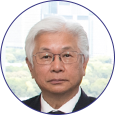
Akiyoshi: I think that Board discussions have become more energized over the past three years. I’m extremely impressed by how the Board is proactive in engaging the outside directors in its discussions, and the eagerness with which the internal directors take part. I hope that INPEX will continue to cultivate a climate that encourages such open-minded discussion.
In terms of membership, I think that the Board’s current size is a good size to enable meaningful discussion. As for its diversity, however, more work should be done to appoint people who can help the Company tackle the challenges outlined in INPEX Vision @2022.
I also hope that the Company will keep up its efforts to enhance the Board’s understanding of various topics—particularly with regard to the technical knowledge needed to advance decarbonization—and continue to provide us with opportunities to exchange information and insights on the current state of the energy market, including global supply and demand.
Conclusion
Sase: We will maintain our commitment to deepening the Board’s knowledge and understanding through actions such as the enhanced pre-meeting briefings, and hosting lectures by various experts. Further, after the pandemic subsides, we will provide the Board members opportunities for site visits in Japan and overseas.
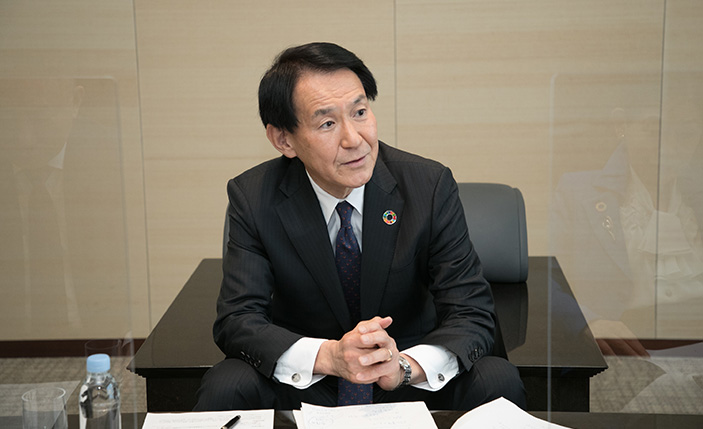
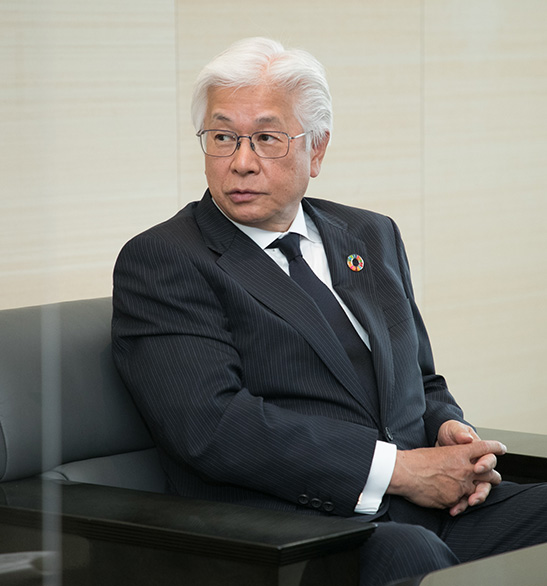
I’m extremely impressed by how the Board is proactive in engaging the outside directors in its discussions, and the eagerness with which the internal directors take part.

topic 2
INPEX’s Future, as Viewed through the Topic No. 2 Lens of the Business Environment
Kittaka: In February this year, INPEX set forth its Long-term Strategy and Medium-term Business Plan (INPEX Vision @2022, hereafter “the Vision”). Ms. Nishimura, Mr. Nishikawa, and Mr. Akiyoshi—as three of our outside officers, you were actively involved in the discussions to formulate the Vision. Please tell us your thoughts on the Vision, and the future of INPEX. Also, as the Vision comprehensively deals with sustainability, please share what you think about the sustainability of INPEX.

Nishimura: The Board spent a large amount of time discussing the Vision, based on ample information provided to all directors and Audit & Supervisory Board members. The discussions that eventually led to the Vision’s release this past February expanded on talks the Board had when hammering out the Business Development Strategy issued in 2021. I believe that the Vision provides a roadmap that will enable INPEX to surmount the energy market’s growing instability and complexity. While the importance of maintaining a stable supply of energy is increasing, the trend toward decarbonization will continue over the medium and long term, and the movement toward greater ESG investment will likewise pick up steam. The Vision charts a course for INPEX to successfully navigate this setting and play a leading role in developing and stably supplying a clean, diverse mix of energy. That’s the future that the Vision articulates for INPEX. It won’t always be smooth sailing, but as the Company rapidly expands its business portfolio under the Vision, the Board will make even more concerted efforts to share information with executive management in a timely manner so that all business decisions will be grounded in a solid understanding of the Company’s situation. Although it’s only been a few months since it was unveiled, I feel INPEX is already ambitiously moving to bring ‘a new wind’ to the energy market by putting the Vision into action. For example, INPEX has carried out prudent organizational restructure and established a new technology center—the INPEX Research Hub for Energy Transformation (I-RHEX). This bold start has me very excited for INPEX’s future.
As for the Company’s sustainability, I think it will be largely underpinned by the efforts and achievements made toward the Vision’s goal of sustainably supplying the energy needed by society. Of course, this commitment to sustainability is not limited to business—it encompasses ESG and all other aspects of the Company’s operation. Therefore, this pursuit will require constant effort.
I really want the Company to work together as one big team as it takes on the daunting challenge at hand.


Nishikawa: The goal of achieving both a net zero carbon society and a stable energy supply is a daunting challenge for the whole world. Meanwhile, the business environment is plagued with growing uncertainty. In a setting like this, it is impossible for companies to make perfect business decisions. The most realistic approach, I think, is to build up an organization that can flexibly and agilely respond to the unexpected. As outside officers, our job is to help the Company construct this kind of organization, by making sure that corporate governance is functioning as intended. Of course, a company doesn’t run solely on the efforts of its officers—it will be increasingly imperative for all employees to drive INPEX forward to success. For this to happen, the Company’s leadership has to take certain actions, such as providing an adequate share of profits to employees. INPEX also needs to be a company where employees can experience the appeal and reward of being part of cutting-edge efforts to realize a net zero carbon society. I really want the Company to work together as one big team as it takes on the daunting challenge at hand.
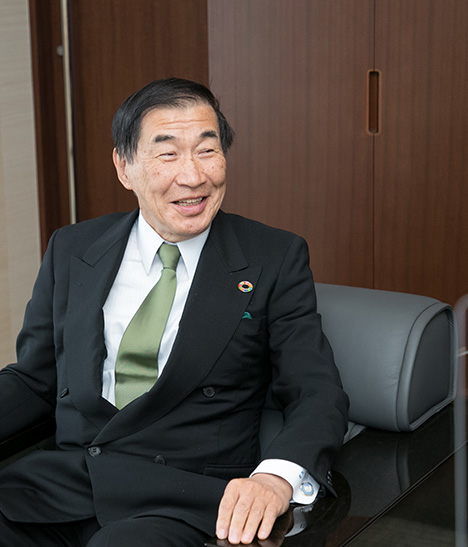
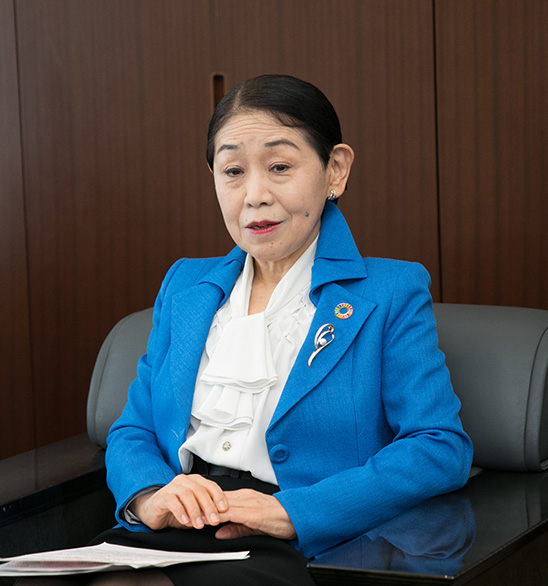
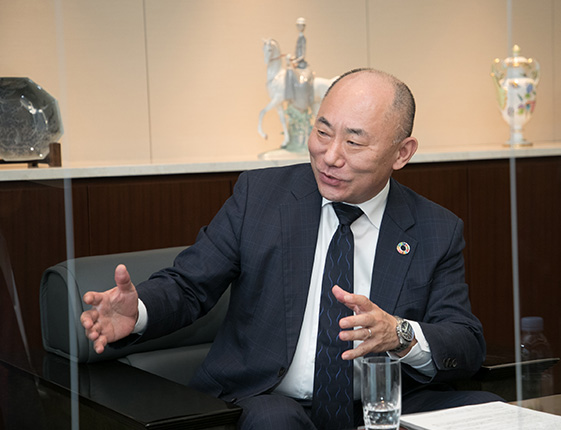
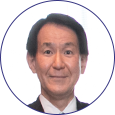
Sase: One of the Vision’s aims is to lay the foundation to make INPEX “a most rewarding company to work for”. I firmly recognize the importance of that aim and want to help lead our Company to achieve it.

Akiyoshi: The realization of a stable energy supply and a net zero carbon society is a global sustainability challenge that INPEX is tackling head on. And it cannot be solved unless employee engagement is taken to a higher level. I believe the hiring and training of talent is intrinsically linked to INPEX’s future and therefore a critical activity. I especially encourage the Company to get an early start on boosting its efforts for talent acquisition.

Nishimura: I also think securing outstanding talent is an important issue for INPEX. I currently teach at a university, so I have opportunities to interact with young people. They show a sense of ownership toward global challenges. Many of them want to be part of the efforts to solve those problems in some way or another. I think that INPEX should boldly showcase its standing as a company that can help the world to overcome global challenges and achieve the SDGs. I think the Vision will strongly appeal to younger generations, so I would like INPEX to more actively promote it outside the Company.

Nishikawa: I think that one effective way of developing our younger talent would be to provide them with regular opportunities to study and share insights with peers and mid-level workers at companies in other industries. A surprisingly large number of people know very little about industries outside their own, so I believe that learning about other domains would be a rich source of ideas that our employees could put to use in their jobs.

Kittaka: It think that it’s necessary for us as executive managers to proactively leverage INPEX’s strengths in ways that foster employee solidarity. We need to have our outside officers provide their diverse insights to help us evolve the five net zero businesses into strengths.

Akiyoshi: Within those five businesses, I especially see potential in hydrogen/ammonia and CCUS, as they are areas where INPEX can play to the strengths the Company has cultivated over the years.

Nishimura: INPEX’s future will be largely decided by how we target our investments in the years ahead. To make the right choices, the Company needs to get a precise handle on the changing environment and view everything from a long-range perspective.

Nishikawa: Instead of trying to go it alone, INPEX should lead the energy industry and actively pursue collaboration with other businesses and academia.
Conclusion
Sase: Thank you, everyone, for sharing your valuable insights today. Your inputs will help us in our efforts to further enhance the Board of Directors’ performance and accelerate the implementation of INPEX Vision @2022.
